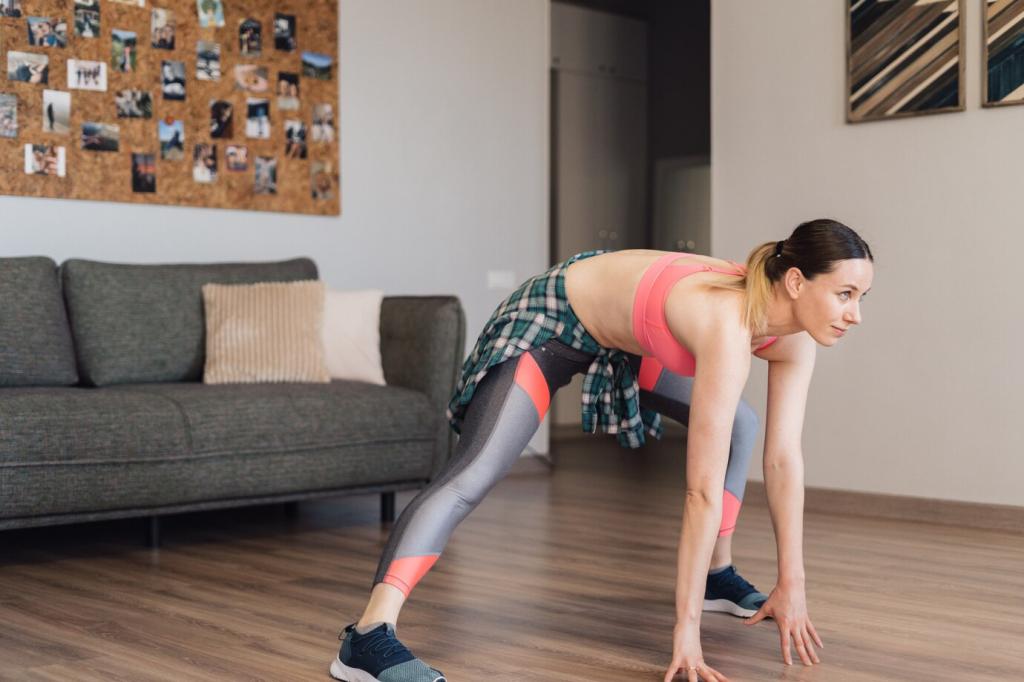Understanding Different Training Types: Build a Smarter, Stronger You
Chosen theme: Understanding Different Training Types. Decode how strength, endurance, HIIT, mobility, and skill work together so you can train with purpose, avoid burnout, and celebrate steady progress. Ask questions in the comments and subscribe for weekly, practical breakdowns tailored to your real life.

Strength, Hypertrophy, and Power: Know the Difference
Strength focuses on lifting heavier loads with lower reps and longer rest to train your nervous system. Think 3–5 sets of 1–6 reps, practicing crisp technique and progressive overload. Keep a training log, respect recovery days, and comment your best lift this month to celebrate progress.
Strength, Hypertrophy, and Power: Know the Difference
Hypertrophy targets muscle growth with moderate loads, higher volume, and controlled tempo. Aim for 6–15 reps, 60–90 seconds rest, and thoughtful exercise selection that hits muscles from multiple angles. Track weekly volume, mind-muscle connection, and share your favorite pump-building exercise below.
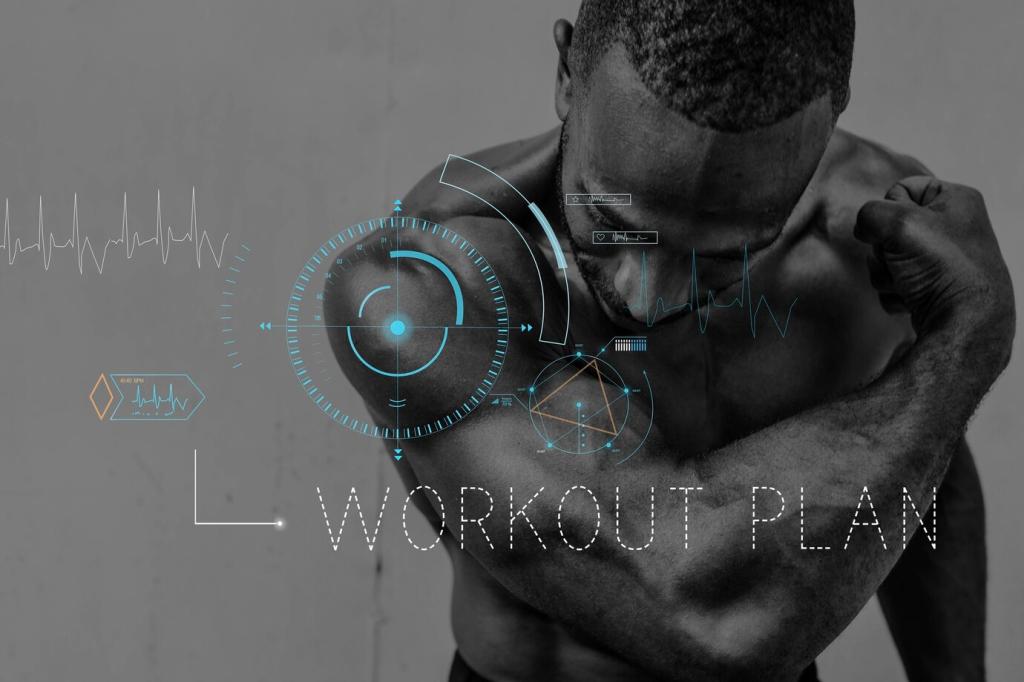
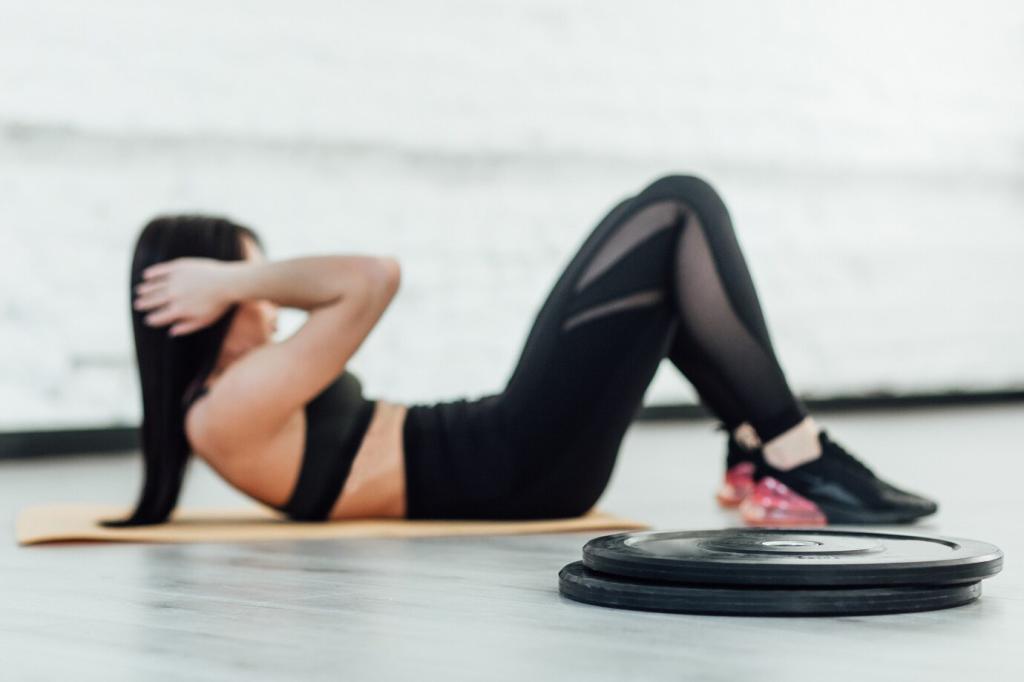
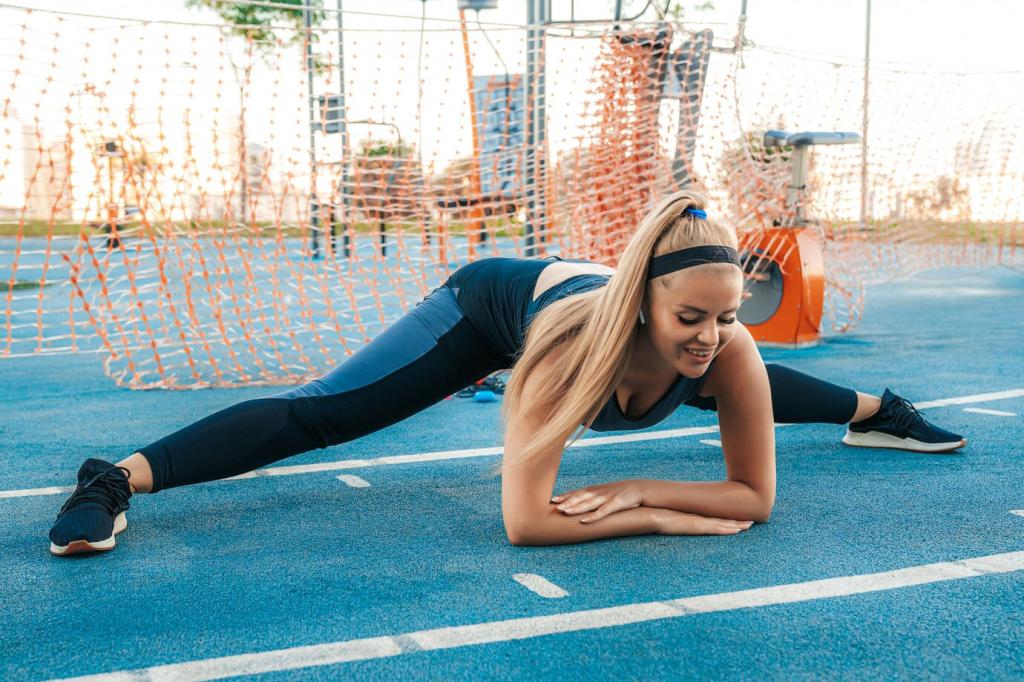
HIIT, LISS, and MISS: Cardio Types Explained
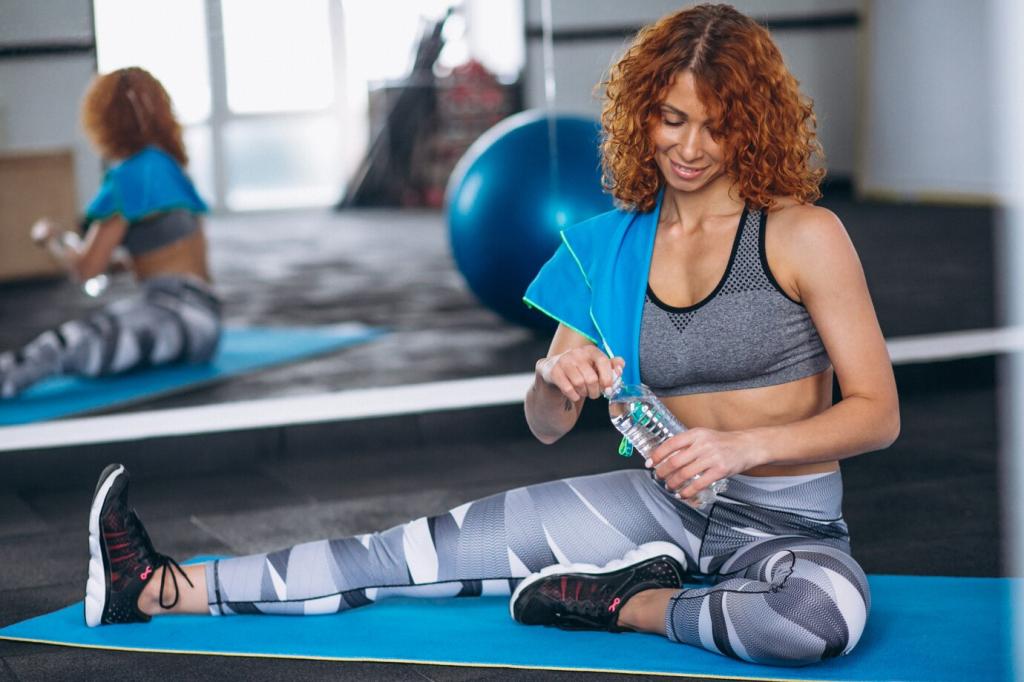
True HIIT is very hard for short bursts with complete or near-complete recovery. Keep total hard time condensed, choose repeatable intervals, and stop before your form crumbles. Share your go-to work:rest ratio and whether you prefer sprints, bikes, or sled pushes.
Mobility, Flexibility, and Stability: The Support Crew
Use dynamic drills like controlled articular rotations to explore joint ranges daily. Five minutes before training can improve positions and technique. Pick two problem areas and commit for 14 days. Share your before-and-after ankle dorsiflexion story to inspire someone else.
Mobility, Flexibility, and Stability: The Support Crew
Static and PNF stretching work best after training or on rest days. Hold gentle positions 30–60 seconds, breathe slowly, and never force range. Flexibility is patience. Tell us which stretch finally made your overhead position feel effortless after weeks of steady practice.
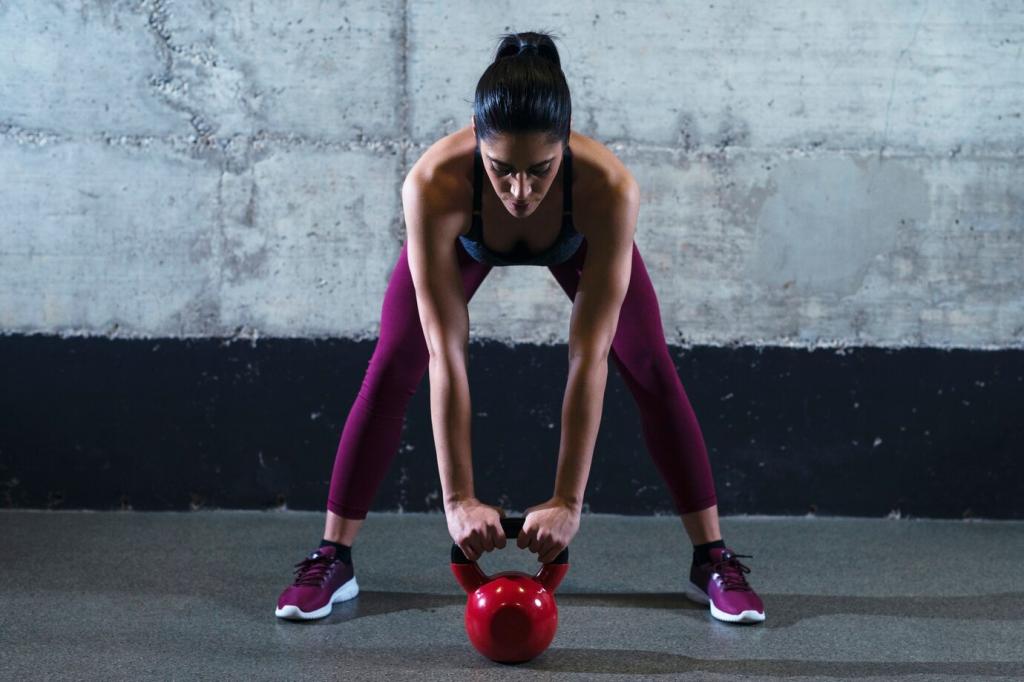
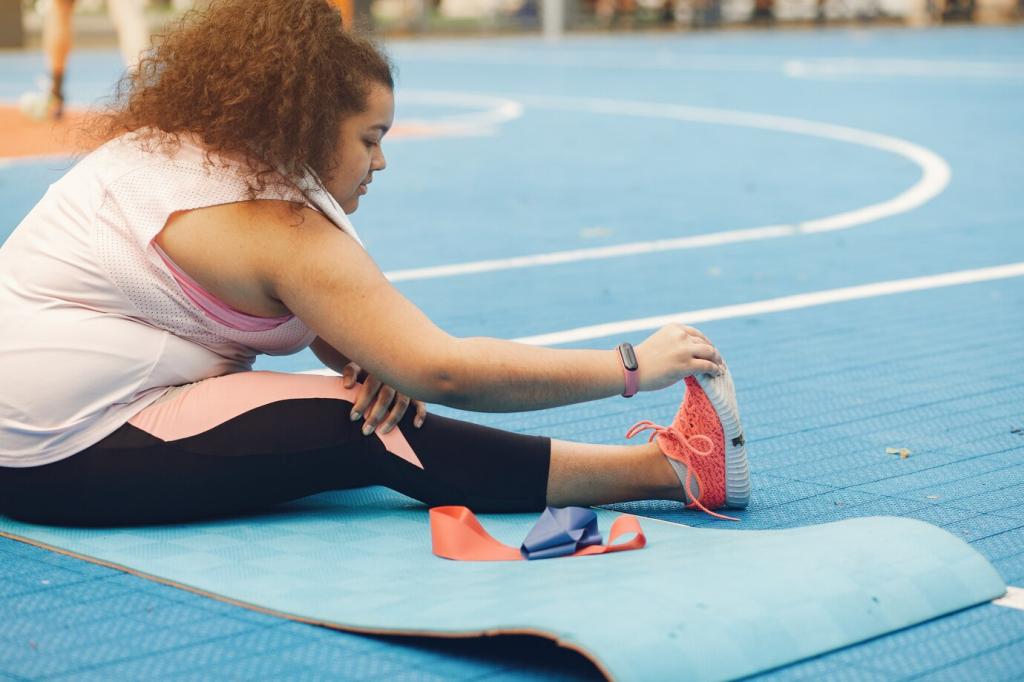
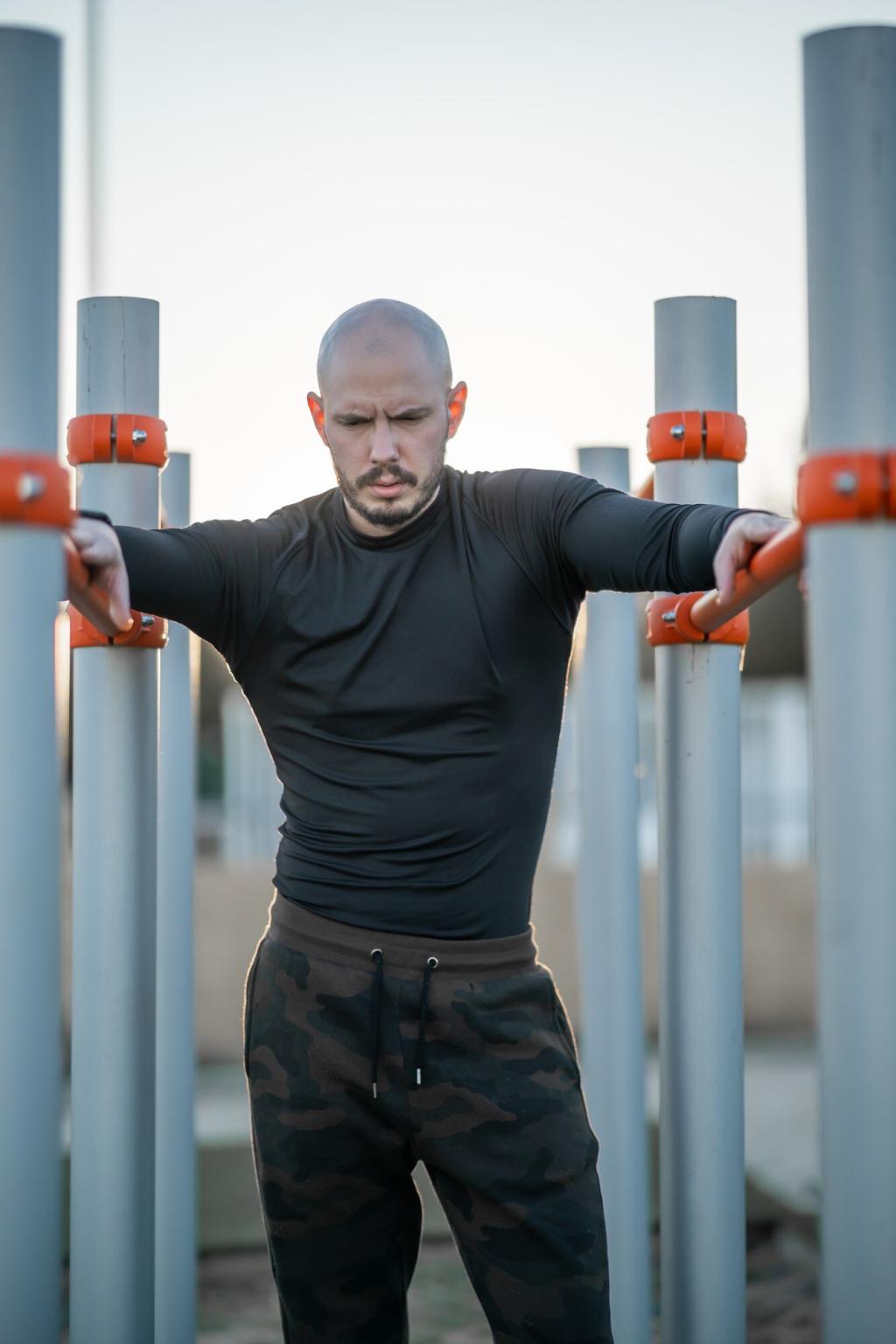
Grease the Groove
Do submaximal reps throughout the week to build neurological efficiency without soreness. Pull-ups, handstands, and kettlebell swings shine here. Keep reps crisp, stop before fatigue, and log tiny wins. Share your micro-session schedule, and we’ll feature creative ideas next post.
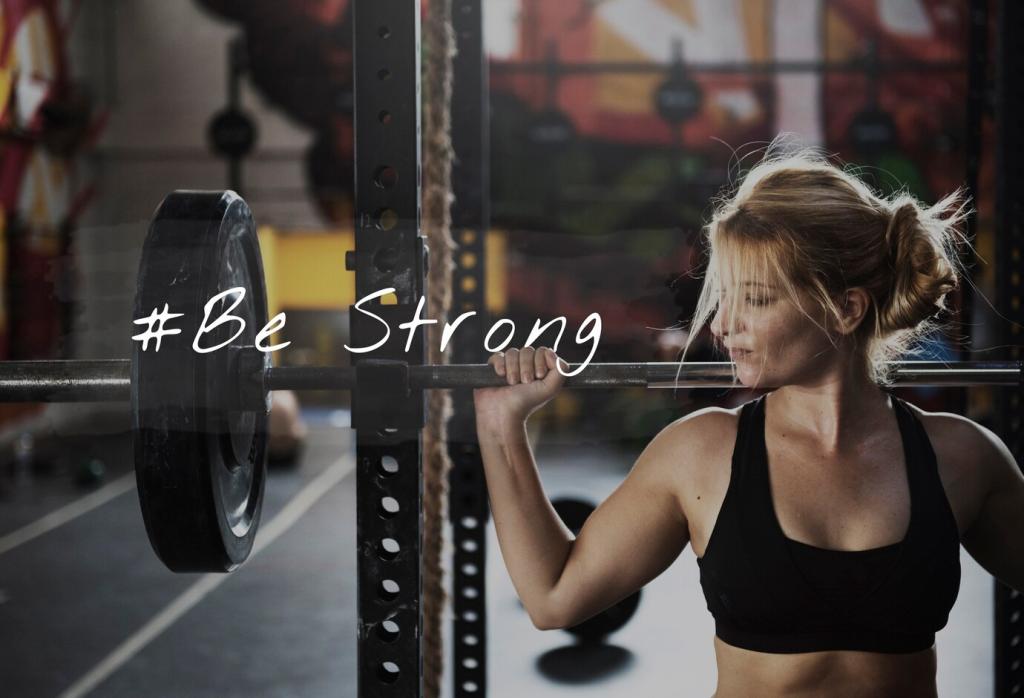
Deliberate Practice Blocks
Film a few sets, review cues, and fix one thing at a time. Quality beats volume for skill. Keep sessions short, focused, and mentally fresh. Ask for a form check in the comments and commit to one cue for seven days.

Periodizing Skill with Strength
Place skill first when you need sharp coordination, then lift. In strength phases, use lighter technique primers; in peaking phases, keep practice minimal but precise. Tell us how you’ll pair technique drills with your main lifts this week.
Recovery as a Training Type
Sleep: The Multiplier
Seven to nine hours beats any gadget. Consistent bedtimes, cooler rooms, and dim lights amplify strength, endurance, and mood. Track how sleep changes your session quality. Comment your best wind-down ritual, and subscribe for our sleep checklist you can use tonight.
Active Recovery with Purpose
Easy movement increases blood flow without adding stress. Try short walks, mobility circuits, or light cycling the day after hard sessions. Keep breathing calm and nasal. Share whether active recovery helped you return to heavy training sooner this month.
Fueling by Session Type
Match carbs to HIIT and hard intervals; emphasize protein after strength; hydrate with electrolytes in heat. Small planning wins add up. Post your pre-workout snack that never fails and what you change on long run days versus heavy squat days.
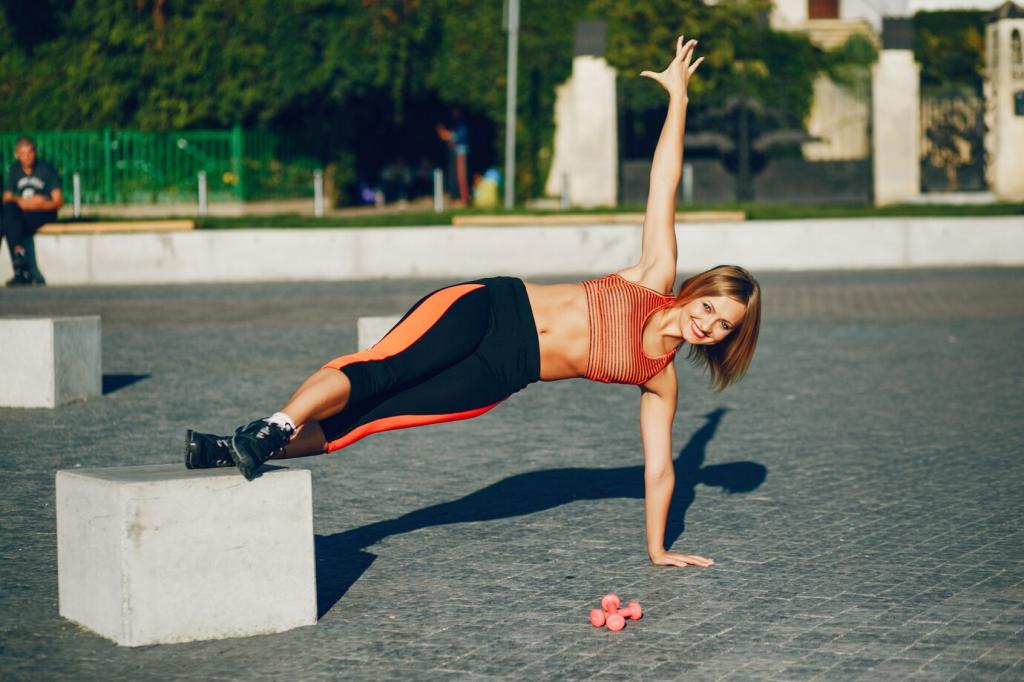
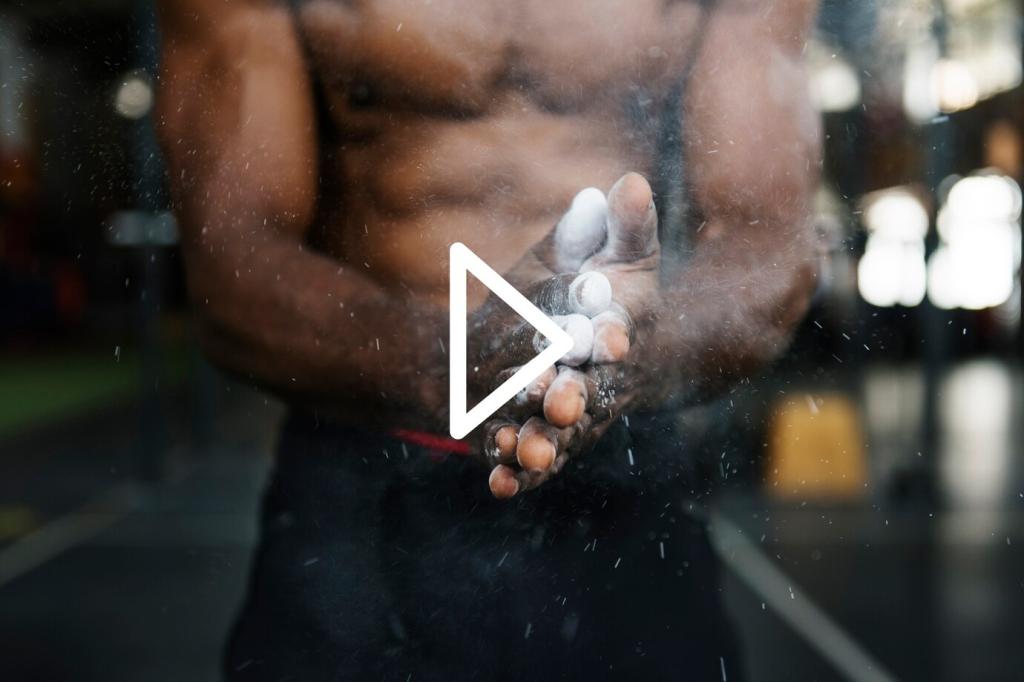
Blending Training Types Without Burnout
Try two strength days, two cardio days, one mobility-focused day, and scatter short skill micro-sessions. Place the hardest work when you’re freshest. Comment which day you’ll dedicate to mobility this week and what joint needs the most love.
Blending Training Types Without Burnout
Rate of Perceived Exertion helps you adjust on the fly. Bad sleep? Drop intensity and keep technique sharp. Great energy? Nudge loads or pace. Share a moment you saved a session by listening to RPE instead of chasing numbers.
Real Stories: Training Types That Changed Lives
Maya’s 5x5 to Marathon
Maya kept two strength days during marathon prep, swapped one run for intervals, and added nightly ankle mobility. She finished smiling, then PR’d her deadlift a month later. Share your hybrid goal, and we’ll help you sketch a balanced week.
